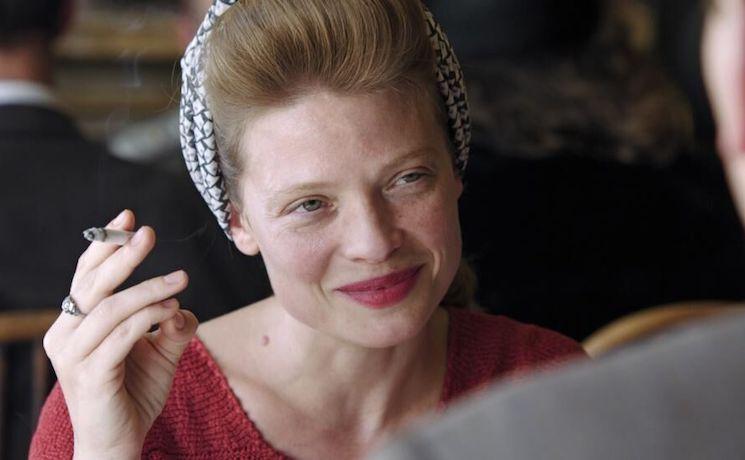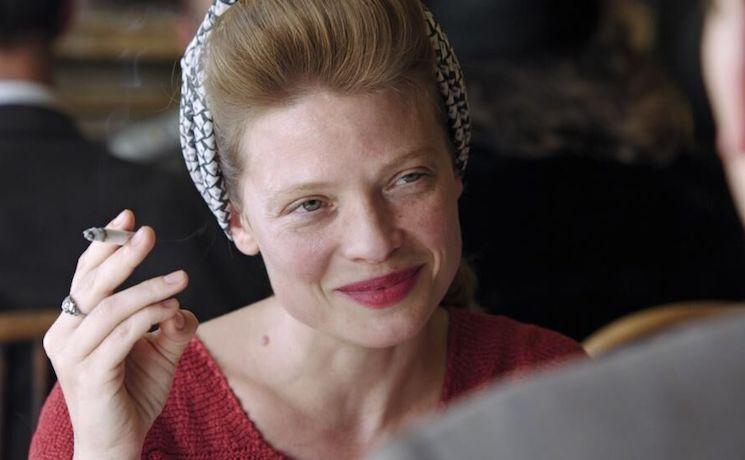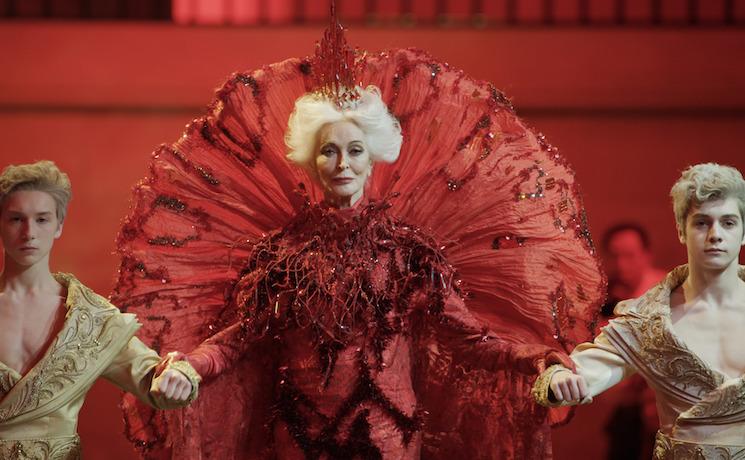

What if you were to only watch one film from a country each year? How would you choose it?
New Zealanders enjoy a wide variety of international cinema each year at the New Zealand International Film Festival, DocEdge, Show Me Shorts and a range of national themed film festivals that give access to stories from around the world. But if you were to watch just one ‘world cinema’ title, you could also choose the film selected by a country as their submission to the Best Foreign Language Film Category at the Academy Awards (the ‘Oscars’).
Each year, the Academy invites countries from around the world to select and submit their best film for consideration to the Best Foreign Language Film category. Submissions are to be made by 1st October. There are an average of 90 entries each year, 5 films make it to the shortlist that is voted on at the Awards Ceremony in February (24 February 2019).
Each of these films is deemed to be the one film representing the best cinematography of that country that year, and are selected by a committee made up of film industry representatives (representatives from the national film commissions, funding bodies, producers etc.).
Let’s have a closer look at the 2019 submissions from New Zealand and France that announced their selected film a few weeks ago. Two very different films, that do however, share some unexpected similarities.
One a documentary — New Zealand’s Yellow is Forbidden by Pietra Brettkelly.
The other a fiction film, literary adaptation and biopic — France’s Memoirs of Pain (La Douleur) by Emmanuel Finkiel.
Both films are in a way portraits of a woman’s artistic path and vision. Where Pietra Brettkelly outlines the life and work of Chinese fashion designer Guo Pei and her aspiration to be accepted in the closed world of haute couture in Paris, Emmanuel Finkiel adapts the work of one of France’s most renown writers, Marguerite Duras, in an emotional evocation of her life during the occupation of Paris in WWII.
Both films have a poetic density to them that allow the spectator to be drawn into the fascinating creative worlds of these two protagonists, Guo Pei and Marguerite Duras.

Pietra Brettkelly who has previously made films in some most unusual parts of the world under quite demanding circumstances (A Flickering Truth in Kabul, Afghanistan for example), depicts Guo Pei’s artistic creations in a way that successfully renders the charisma, determination and self belief of the designer’s personality and her extraordinary work. She follows her from her studio in China, to the ateliers where teams of seamstresses and embroiderers assemble her unique creations, then onto the catwalks. The film culminates with the designer’s spectacular solo show in 2017 at the La Conciergerie in Paris (the former prison where Marie Antoinette was held prior to her trial and execution).
Throughout the film, Brettkelly manages to visually capture the beauty and mesmerising elements of the lush, grand, royal and exotic designs of Pei’s fashion creations. The film’s cinematography becomes as visually stunning as the world it depicts.
Yellow is Forbidden is also the portait of a singular strong woman overcoming barriers of social and gender discrimination, not only in China but across the globe, a very contemporary appeal to creative freedom, independence and drive. After the New Zealand Film Commission announced its selection for the Best Foreign Film, Brettkelly stated: “When a filmmaker from New Zealand can connect with a world class designer from China, defying language barriers and across culture, it shows women can do anything! It’s time for us to build power from every female achievement.”

Emmanuel Finkiel’s Memoirs of Pain was one of five films in France that had been pre-selected for consideration by a committee comprising of film professionals. Criteria for the preselection was that a film must have had a cinema release in France ahead of 30 September. The committee also considers criteria of quality, appeal it might have with the Academy voters as well as looking into its potential interest for the American market. Memoirs of Pain had been a critical success in France since its release end of January 2018 (world premiere at Spain’s San Sebastian International Film Festival in 2017) and attracted more than 350.000 spectators to the cinemas.
Memoirs of Pain starring Mélanie Thierry, Benoît Magimel and Benjamin Biolay adapts the semi-autobiographical work War: A Memoir of the novelist Marguerite Duras, published in 1985, that she based on her diaries written during the occupation of Paris in World War II. In these, Duras recollects her feelings and emotions while waiting for the return of her husband imprisoned in a Nazi concentration camp.
Finkiel manages to powerfully capture the poetic beauty of Marguerite Duras’ literary style: he gives time and space for the characters and the story to unfold. Interior monologue as voice over narration, evocative camerawork that plays with light and darkness, convey emotional emptiness and loss. The wonderfully restrained but intense acting of Mélanie Thierry contributes to make this film an intimate story of resistance — personal as well as reflecting on the wartime French—, of an artist, of a woman, of the times.
Finkiels’ film is a contemplation on emotion, time and space, while at the same time developing a suspenseful war story where the characters play ‘cat and mouse’, truths and lies challenging their beliefs and acts. Memoirs of Pain is a portrait of a woman waiting, contemplating, suffering, but also of a strong, determined woman, an active member of the Resistance, risking everything to stay true to her ideals.
Two films, two cinematographies, two potential ‘best foreign language film’ winners, competing with each other and many other candidates in the Academy’s selection.
These two films can be your own personal starting point to discover two great contemporary films one from New Zealand and from France.
Two visually stunning films that deliver compelling portraits of strong determined women.

The documentary Yellow is Forbidden is now screening at selected cinemas in New Zealand after its world premiere at the 2018 Tribeca Film Festival where it was the first New Zealand film to screen in competition at the festival earlier this year.
For screening times refer to www.flicks.co.nz/movie/yellow-is-forbidden/
Sur le même sujet













